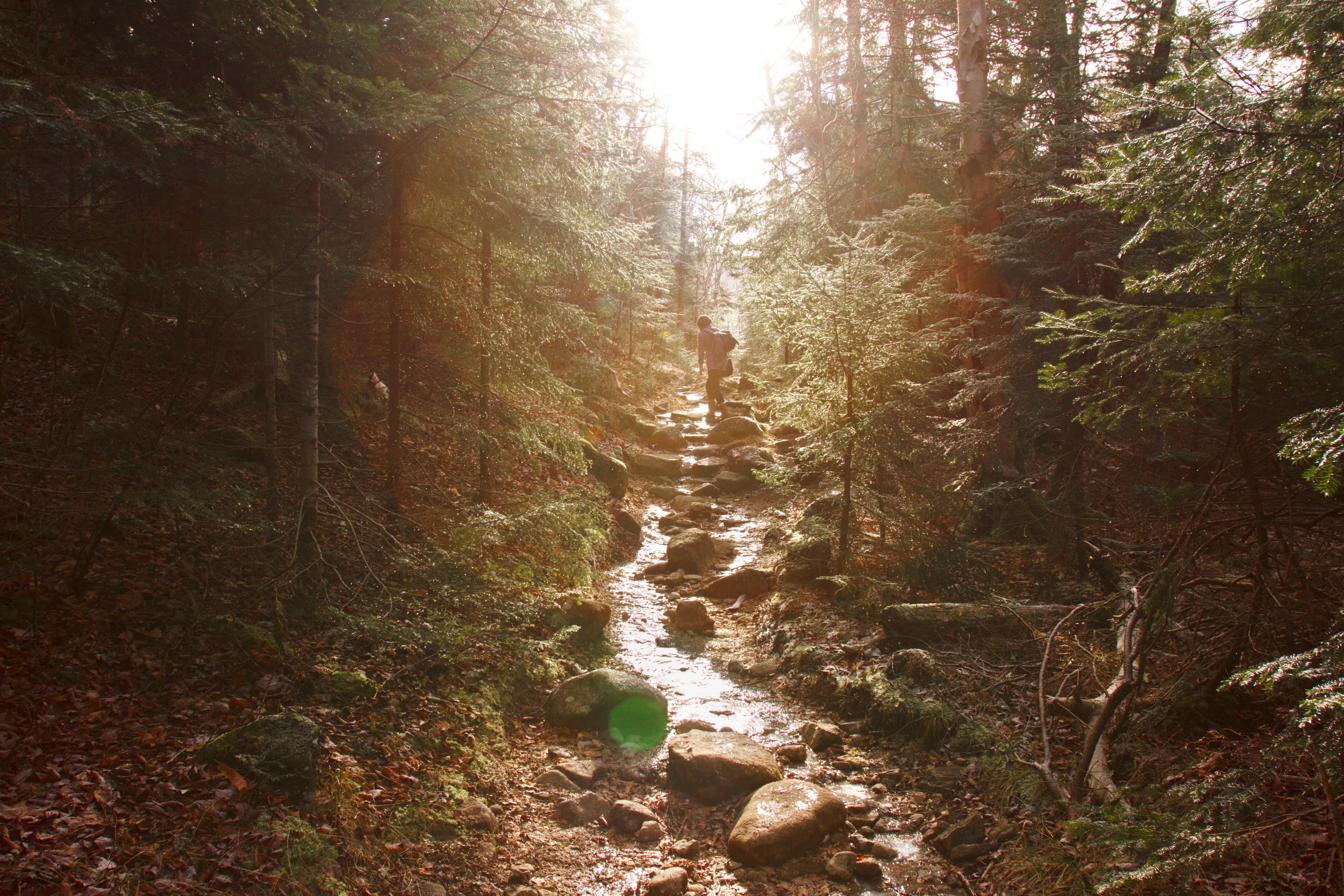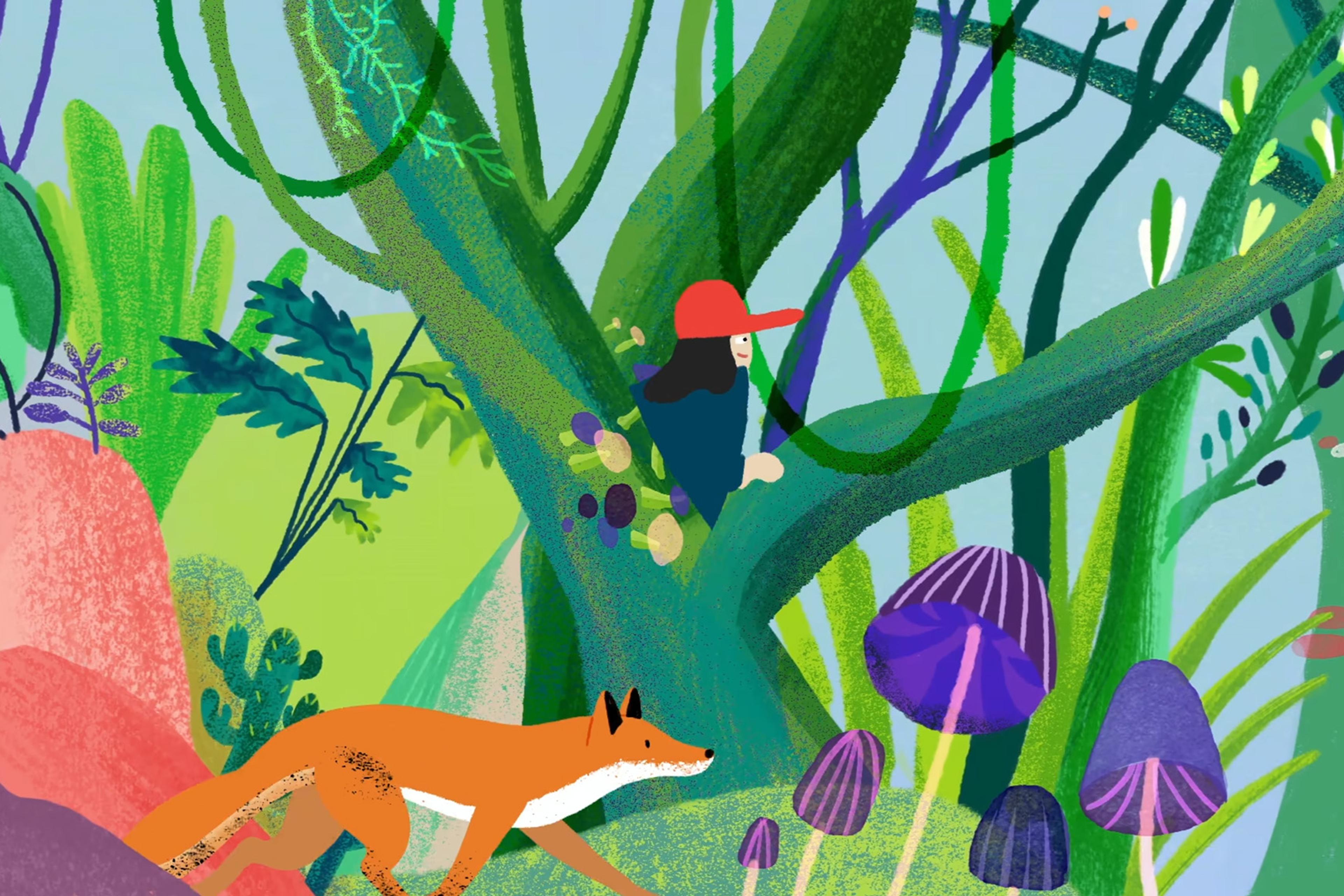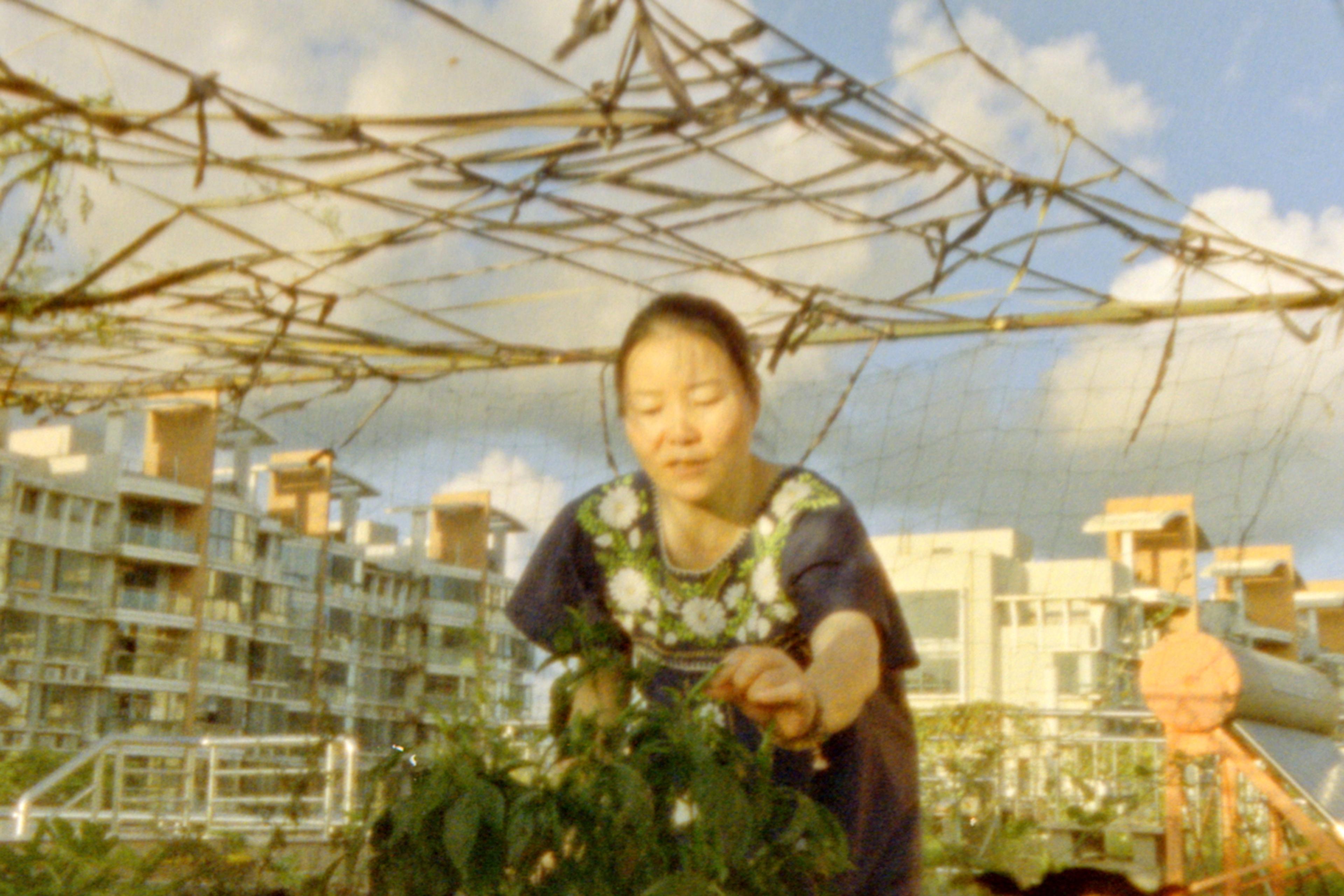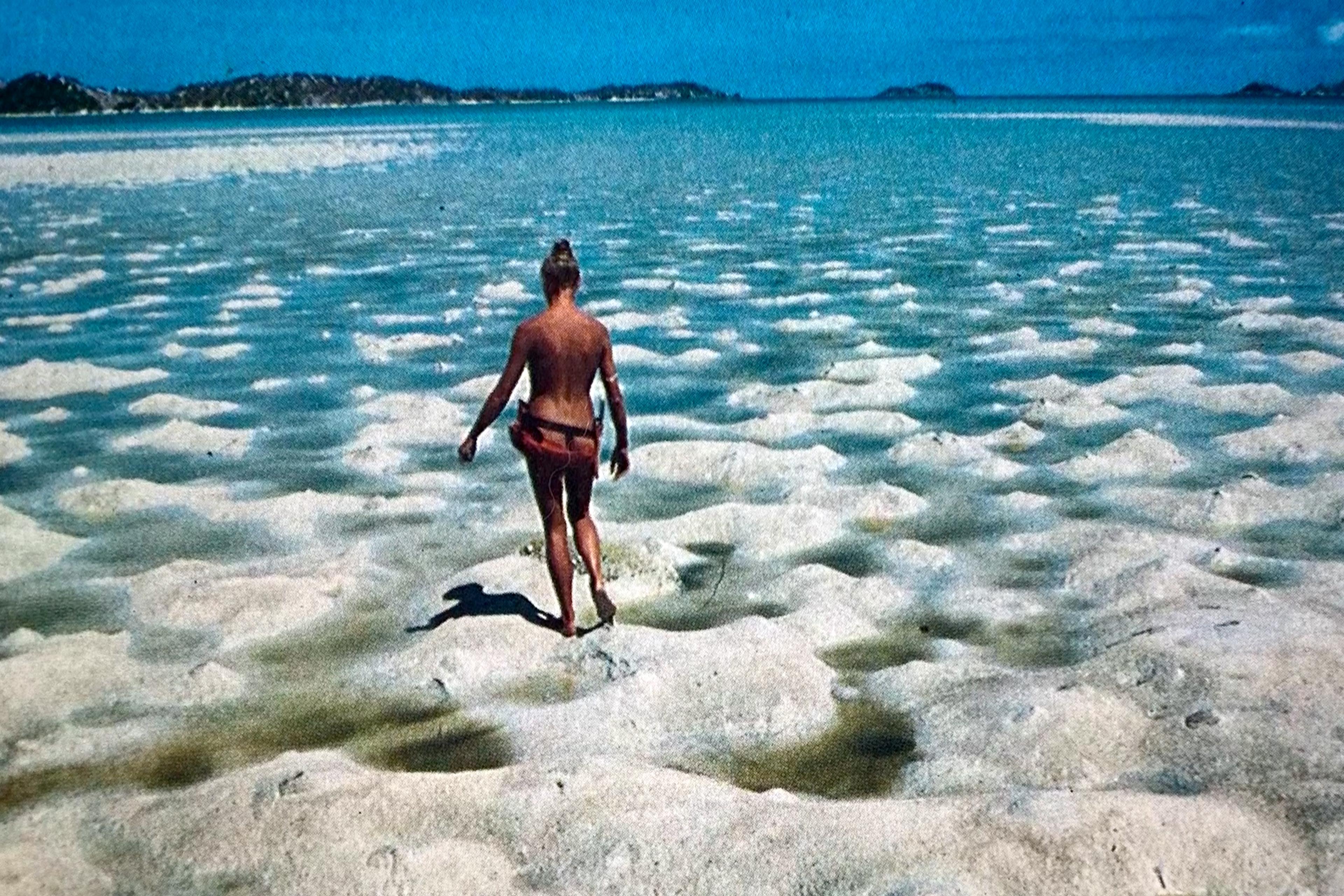Summoning the Recluse opens on a traditional Chinese landscape painting of a remote village surrounded by trees, rivers and misty mountains. Small, thatch-roofed homes blend into the vista, evoking the humble, contemplative lifestyle of the Buddha’s Middle Way. While a somewhat realistic and plausible image, the scene likely didn’t reflect the lived experience of its artist. Landscapes of this kind were painted by Chinese scholar-elites, responding to the societal strains of their time by idealising nature and extolling the spiritual teachings of the ancient past. The pull to withdraw into the natural world for its beauty and simplicity is a centuries-old undercurrent of Chinese society – and in the age of steady urbanisation, social media, mass commerce and, in general, breakneck-paced change, it’s no surprise that it persists today.
The Beijing-based director Ellen Xu’s Summoning the Recluse (2016) follows a band of urban millennials who’ve left their busy lives behind to seek inner peace at a mountain hermitage. The group gets by with sparse resources and few modern distractions. Much of their time is spent working the land, meditating and catching up on ancient Chinese philosophy, which was missing from their Westernised school curriculums. It’s all quite a departure from the cliché of the hermit as an old man with a white beard living in solitude. For some, the stay will be a temporary spiritual refresh, but at least one resident has no plan to leave.
While each interviewee expresses a sense of freedom and inner calm as they immerse themselves in nature and away from societal expectations, a tension between modern convenience and fully embracing a return to nature percolates throughout the film. While one young man says their setup is ‘not primitive enough’ due to small conveniences such as lighters and matches, in another scene, a young woman eagerly poses for a cliffside qigong-inspired photo-op, snapped by a fellow ‘hermit’. The questions emerge: is the group truly embracing a return-to-nature lifestyle, or just touring it? And can inner quiet exist alongside connection and modern convenience?
Through interviews and unobtrusive filmmaking, Xu finds that, like most of us who struggle with the pros and cons of technology, the young hermits are still striving to find this balance. Indeed, the same young man who believes they‘ve embraced too much convenience still thinks it acceptable to ask for outside help in the case of illness, and finds the fates of truly hermetic monks who die alone in caves, entirely cut off from the outside world, to be ‘very tragic’. With these practicalities, the millennial hermits appear to recognise the fantasy of nature as it’s presented in the opening landscape painting. As per their own set of rules, and inspired by spiritual teachings, they seem to seek the Buddha’s Middle Way in modern life, carving their own path within themselves. And in documenting their story, the film clears room for contemplation in each of us sharing the ideal of inner tranquility in the digital age.







